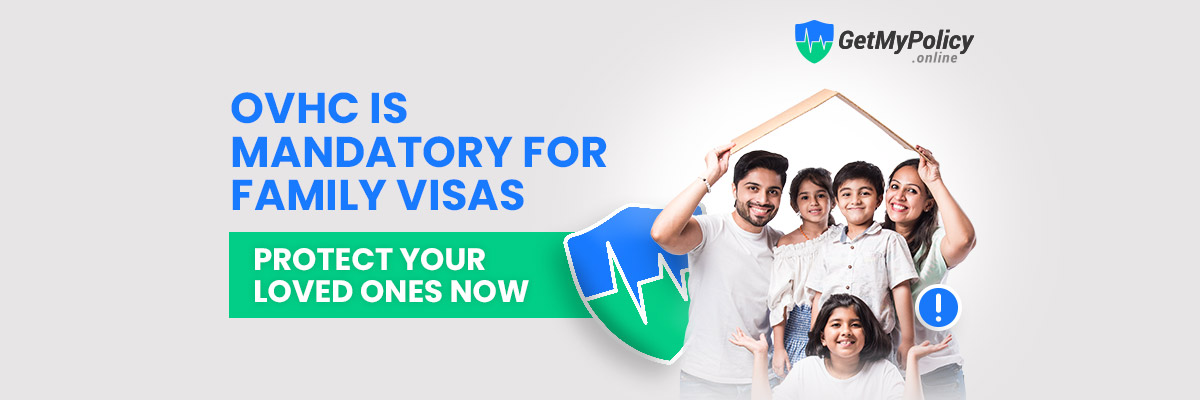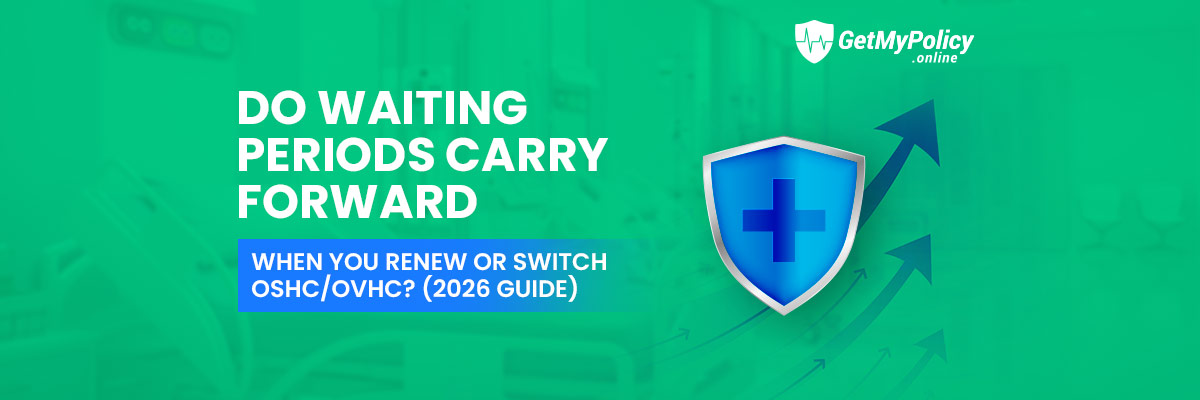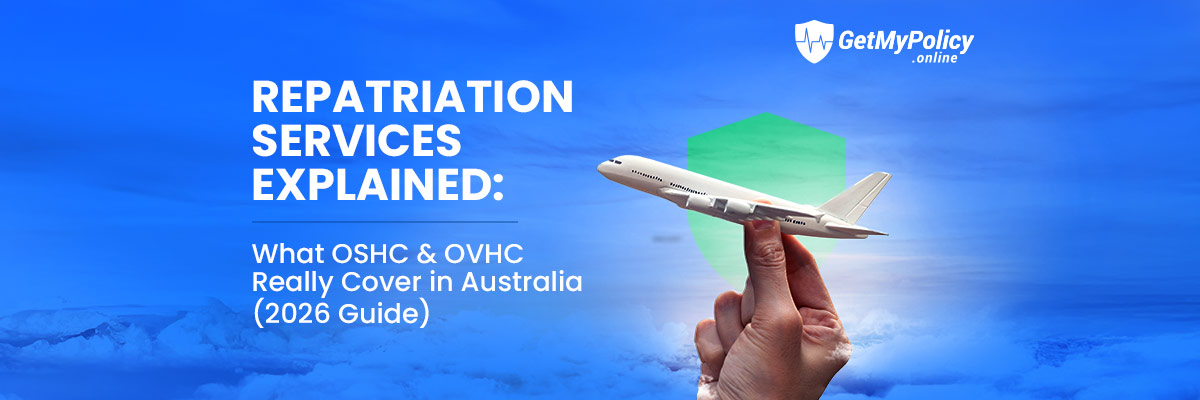❅
❅
❅
❅
❅
❅
❅
❅
❅
❅
❅
❅

🎉 Exclusive Offer: Get A$20 Gift card After policy purchased


Imagine this: You’ve just arrived in Sydney with your spouse and two children on a 482 skilled-work visa. You’ve settled into your temporary home, the kids are starting school, and every day seems to bring a new adventure. But a few weeks in, your youngest slips and fractures their wrist at the playground - you’re suddenly staring at a hefty hospital bill. As a migrant family without Medicare access, that cost could run into the thousands of dollars. Fortunately, having the right OVHC insurance (Overseas Visitor Health Cover) for your family can mitigate that risk and help you meet visa requirements under condition 8501.
OVHC (Overseas Visitor Health Cover) is a private health insurance scheme designed for temporary visa holders in Australia, offering hospital, medical, and sometimes extras coverage. For many work, visitor, or bridging visas (such as subclass 482, 600, 485, or bridging visas), there is a condition 8501 - which mandates that you “maintain adequate health insurance for the duration of your stay” in Australia. Without complying, your visa could be jeopardised. Many OVHC policies are “visa-compliant,” meaning they satisfy condition 8501 and provide the certificate you need for immigration authorities.
When migrating with a spouse or children under dependent visas, family health cover Australia is not just a nicety - it’s essential. A single’s OVHC policy often won’t cover your partner or kids; you’ll need a multi-member or family OVHC policy. Ensuring your dependents have coverage means you don’t face surprise medical costs in major cities like Sydney, Melbourne, Brisbane, Perth, or Adelaide, where hospital and specialist expenses are steep.
In this comprehensive guide, we’ll walk you through:
By the end, you’ll know exactly how to compare OVHC quotes for dependents, choose the right cover for your family, and protect your loved ones on your migration journey in Australia.
The best OVHC for families depends on your visa subclass, family size, location, and required benefits (hospital, extras, maternity). Use a comparison tool like getmypolicy.online to find visa-compliant family OVHC plans that balance premium and coverage.
Detailed explanation:
"Best" is subjective, there’s no one-size-fits-all. When choosing OVHC for family migration:
In short: the “best” is the one that meets your visa compliance and provides sufficient coverage for your family at a sustainable cost.
Yes - many OVHC policies allow covering your spouse and dependent children under one policy, provided you choose a family or multi-family package. Always verify with the insurer that your dependents are included.
Detailed explanation:

OVHC premiums for a family of four (two adults + two children) often range between AUD 2,500 and AUD 4,000 per year, depending on cover level, excess, waiting periods, and location.
Detailed explanation:
Premiums vary widely based on factors like your city, age of children, excess level, and the provider. Here’s a rough estimate:
We don’t need to add HCF instead we need to add AIA and NIB.
Other points to consider:
So, while AUD 2,500–4,000 per year is a ballpark, your quote via a comparison tool like getmypolicy.online will reveal what you pay in your city.
Yes - most providers permit adding new children mid-term (e.g., newborns) if you notify within a certain timeframe (often 60 days). Waiting periods and additional premium may apply.
Detailed explanation:
Snippet answer:
Many OVHC plans do not include full maternity or pregnancy care initially — such benefits often carry 12-month waiting periods or may be excluded. Children’s health (hospital, GP, pediatric services) is typically covered once waiting periods are served.
Detailed explanation:

Maternity or pregnancy coverage is included in some OVHC policies, but typically with a 12-month waiting period, and may not include all services (e.g., IVF). Many plans exclude maternity altogether.
Detailed explanation:
Different visa subclasses may require different levels of OVHC compliance under condition 8501, and not all OVHC policies support all visa types. Ensure your policy is explicitly compliant with your visa subclass and covers dependents.
Detailed explanation:
When migrating as a family, structuring your OVHC properly is key. Below is a comparative overview and guidance.
Policy Types for Multi-Member Families
OVHC plans are typically offered in these varieties:
Add-Ons & Family Extras
For family coverage, many OVHC policies allow optional add-ons tailored for dependents:
Single-Parent vs Couple-with-Children Policies
Budgeting for Group Premiums: Sample Cost Calculator Table
Below is a sample budgeting table for a family using Melbourne / Brisbane benchmark data (estimates):
Budgeting tips:

Migrating to Australia with your family is a thrilling journey - but it comes with its share of challenges. Among the essentials, securing OVHC insurance for family migration visas is not optional; it’s a critical requirement under visa condition 8501 and your protection against soaring medical costs in cities like Sydney, Melbourne, Brisbane, Perth, or Adelaide.
We began by exploring the importance of family OVHC cover, especially in emergency scenarios. Then, through a curated FAQ section, we addressed the most pressing questions: from adding children mid-term to maternity and dependent coverage under 482 or 600 visa settings. We followed that with a comparative view of OVHC providers offering multi-member policies, their perks, limits, and optional add-ons. Next, we guided you through the claims process for spouses and children, and offered a budgeting framework to help you plan your premiums without financial surprises.
Key takeaways:
Now is the time to act. Don’t risk non-compliance or massive medical bills - get free OVHC quotes for your family at getmypolicy.online. In under two minutes, you can:
Protect your family’s health and your visa status - compare and select your OVHC today. Visit getmypolicy.online to begin your free quote now and step confidently into your Australian journey.

.svg)
.svg)
.svg)


